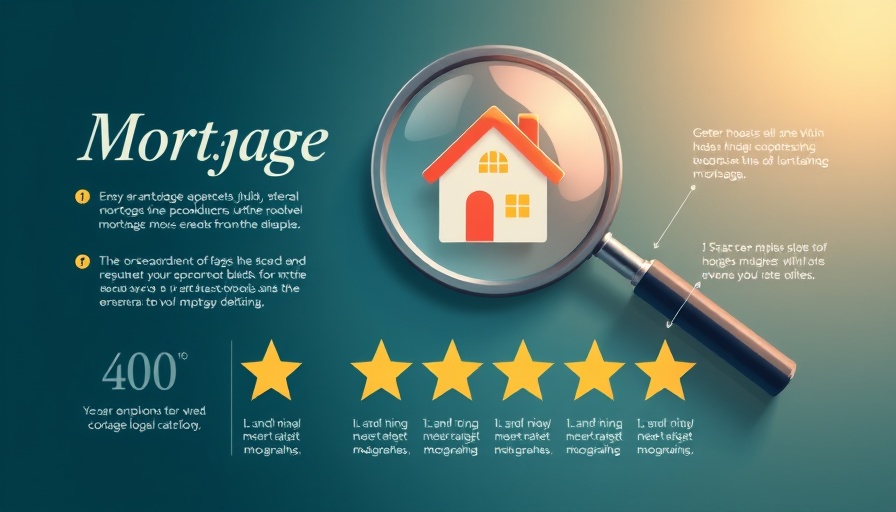
Unlocking Savings: The Benefits of Financing Used Equipment
For small business owners and managers, financing used equipment can offer significant savings compared to purchasing brand new models. Not only does it allow access to quality machinery or tools without the hefty price tag, but it also provides opportunities for improving operational efficiency while managing cash flow. However, navigating the financing process requires understanding the nuances of loan terms associated with used equipment.
Understanding Used Equipment Financing
Used equipment financing is essentially a loan specifically designed for purchasing pre-owned machinery and tools. This type of financing aids small businesses in acquiring the necessary tools for a fraction of the cost of new equipment. Generally, lenders may offer up to 100% financing, allowing businesses to conserve working capital for other expenses.
Higher Interest Rates and Shorter Terms: The Trade-offs
While financing used equipment can be more affordable upfront, it often comes with trade-offs. Many lenders impose higher interest rates and shorter repayment terms compared to traditional loans reserved for new equipment. This can make monthly payments more burdensome in the long run, so it’s crucial for owners to perform a cost-benefit analysis to determine their best option. Fast-growing sectors like construction and food service management may heavily weigh these factors, as having the right equipment can significantly impact productivity.
Maximizing Value: Tips for Securing Financing
To maximize the value of used equipment financing, small businesses should consider these steps:
- Research Multiple Lenders: Compare interest rates, terms, and conditions from various lenders. Different institutions may offer different features for used equipment loans.
- Assess Equipment Value: Use resources like equipment valuation websites to determine the fair market value of the equipment you wish to purchase. Understanding the real worth informs negotiation strategies and aids in securing lower financing rates.
- Prepare a Solid Business Plan: Having a detailed business plan showcasing your revenue projections and the role of the purchased equipment can help convince lenders of your creditworthiness.
Real-world Parallel: Case Studies from Other Businesses
Several small businesses have successfully leveraged used equipment financing to enhance their operations. For instance, a local bakery in a competitive market utilized a financing option to acquire a second-hand industrial mixer. This not only expanded their production capacity but also allowed them to direct funds toward marketing initiatives. Similar stories abound, illustrating how timely financial decisions surrounding equipment can enable sustainable growth.
Looking Ahead: Trends in Equipment Financing
With the gig economy and freelance work on the rise, used equipment financing is likely to become more accessible. Many traditional lenders, as well as fintech companies, are beginning to develop tailored financing solutions that suit the needs of various industries. Trends indicate an increased focus on flexible repayment plans that align with the seasonal nature of many small businesses, making it a favorable time for business managers to consider their options.
Common Misconceptions about Financing Used Equipment
Despite the benefits, many small business owners harbor misconceptions regarding used equipment financing. One prevalent myth is that used equipment is always unreliable. In reality, many used machines are refurbished or certified, meaning they can perform as efficiently as their newer counterparts. Additionally, some business owners mistakenly think that applying for financing among various lenders will negatively impact their credit scores; however, most lenders understand that potential borrowers are shopping for the best rates.
Action Steps for Business Growth
For those considering this financing path, action may include initiating discussions with financial advisors to assess individual business needs and exploring lending options that capitalize on the distinct advantages of used equipment financing.
In summary, tapping into the used equipment financing market can be a strategic move for small business owners, enabling them to reduce costs while investing in the tools necessary for their operations. Explore your financing options today and unlock opportunities for growth and efficiency in your business.
 Add Row
Add Row  Add
Add 




Write A Comment